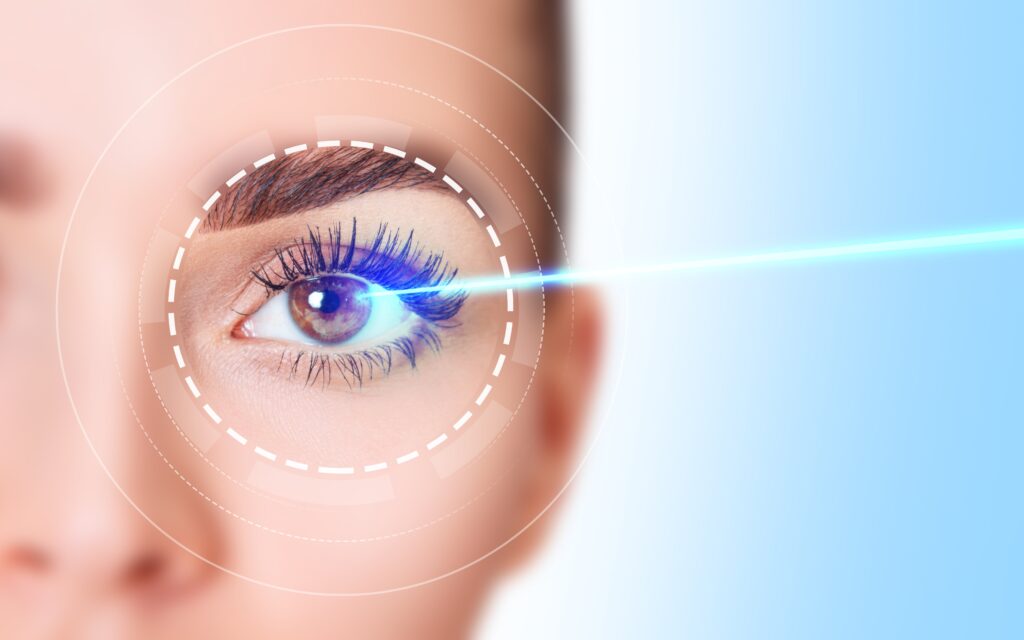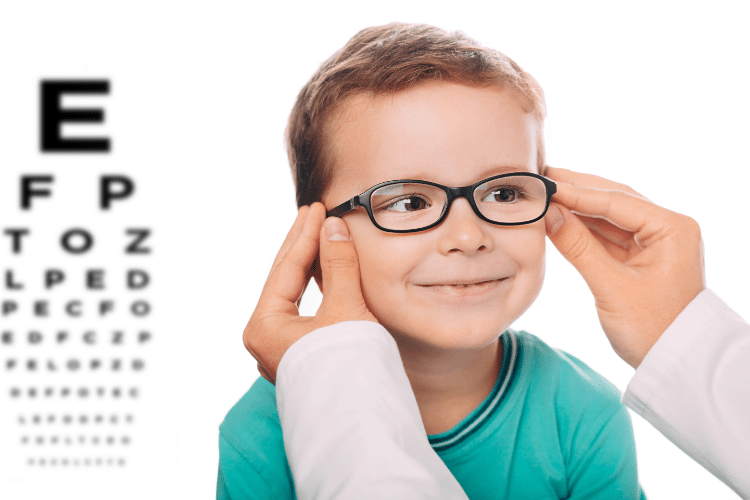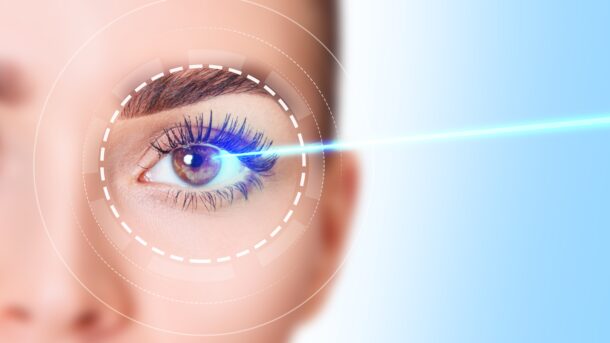Vision changes often creep in silently, sometimes dismissed as temporary fatigue or aging. Yet, subtle shifts in how you see the world could signal deeper issues. Catching these red flags early can protect your eyesight and prevent irreversible damage. Below are ten subtle yet critical indicators that warrant attention from an eye specialist.

1. Hazy or Unclear Sight
When objects lose sharpness—whether up close or at a distance—it may hint at refractive errors like myopia (nearsightedness) or hyperopia (farsightedness). While corrective lenses often resolve these issues, persistent blurriness could point to cataracts, macular degeneration, or diabetic retinopathy. Don’t brush off ongoing haziness; schedule an eye exam promptly.
2. Unstable Eyewear Prescriptions
Needing frequent updates to your glasses or contacts? Rapid prescription shifts might stem from diabetes-related blood sugar swings, which alter the eye’s lens shape. Alternatively, conditions like glaucoma or early cataracts could be at play. Tracking these changes helps uncover hidden problems.
3. Overlapping Images (Double Vision)
Seeing two of everything? Double vision, or diplopia, can arise from eye muscle imbalances, neurological issues, or even stroke aftereffects. While occasional double vision after exhaustion is normal, recurring episodes demand a thorough evaluation to rule out nerve damage or systemic diseases.
4. Shrinking Field of View
Losing the ability to see objects to the side? Tunnel vision—a hallmark of glaucoma—stems from optic nerve damage, often linked to elevated eye pressure. Since peripheral vision loss progresses stealthily, routine eye checks are vital. Notice narrowing sight? Prioritize a visit to your eye doctor.
5. Sudden Flashes or Drifting Specks
Floaters—those wispy shadows drifting across your vision—are common with age. However, a sudden surge in floaters paired with flashing lights could signal retinal detachment or vitreous hemorrhage. These emergencies require immediate care to avoid permanent vision loss.

6. Struggling in Dim Lighting
Difficulty adjusting to low light? Night blindness may stem from vitamin A deficiency, cataracts, or retinal disorders like retinitis pigmentosa. If navigating dark rooms or driving at night becomes hazardous, consult a specialist to pinpoint the cause.
7. Persistent Eye Discomfort
Aching, throbbing, or pressure in the eyes isn’t normal. Such discomfort could indicate infections, uveitis (inflammation), or acute-angle glaucoma—a sight-threatening emergency. Redness, headaches, or vision changes alongside pain? Seek urgent care.
8. Rapid Vision Drop in One Eye
Losing clarity in one eye over hours or days? This alarming symptom may signal retinal artery blockage, macular holes, or optic nerve inflammation. Time is critical; delaying treatment raises the risk of irreversible damage.
9. Chronic Redness or Irritation
While allergies or dryness often cause temporary redness, persistent inflammation with discharge or pain might indicate conjunctivitis, corneal ulcers, or autoimmune conditions. Untreated infections can scar the eye, so don’t ignore lingering redness.
10. Misjudging Distances
Bumping into furniture or spilling drinks? Depth perception issues often arise from macular degeneration or diabetic retinopathy, which impair central vision. These challenges disrupt daily tasks, making early intervention crucial for maintaining independence.

Final Thoughts
Vision changes rarely announce themselves dramatically. Instead, they trickle in—a slightly blurry road sign, a headache after reading, or needing brighter lights to cook. Listen to these whispers. Regular eye exams, especially after age 40 or with diabetes, act as a safety net. If any symptom persists or worsens, err on the side of caution: consult an optometrist or ophthalmologist. Protecting your sight today ensures you continue seeing life’s details tomorrow.



